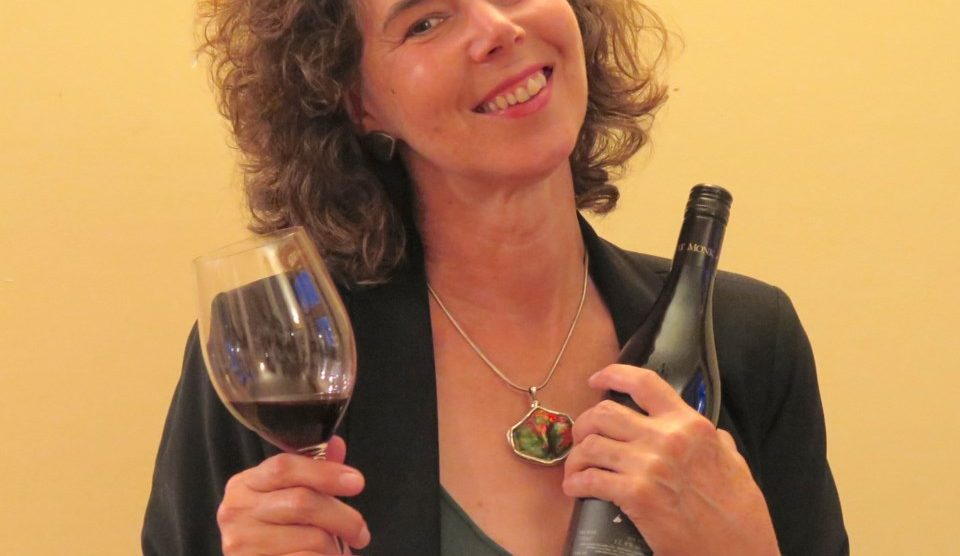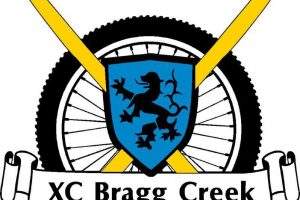A toast to sparkling wine
Don Perignon (1638-1715) was a monk and cellar master at the Benedictine abbey in Hautvillers, Champagne area, and he had a problem. He could not rid his wines of bubbles, deemed a flaw at the time. He could not understand why the grape juice, vinified in the fall, would stop fermenting as the temperature lowered. Stored in barrels or bottles, the fermentation process would resume as the temperature rose in the spring. With no escape route, the CO2 produced by the process was trapped and formed bubbles in the vessels. Pressure mounting, a trip to the cellar was akin to being thrown in the front line of a war zone with corks popping out of barrels, bottles exploding, and wine wasted. The problem was so prevalent that special helmets were created to protect those brave enough to venture down the dark rooms.
At the time, the fermentation process was not well understood and the wine masters were at a loss. Resigned, the producers decided it was best to embrace the bubbles and market them as a good thing. Thick heavy bottles replaced the standard one, and special corks were designed to secure the bubbles, complete with wire cages. Over time the “méthode champenoise” that we know emerged (but not because of Don Perignon), and the style of wine became one of the most celebrated in the world.
Most wine regions have their version of sparkling wine. While many have a unique approach to making bubbles, others find inspiration in the “Champagne method.” Lucky for us, today we have great alternatives to choose from, suiting both palates and budgets.
A wine develops bubbles when the CO2 gas produced during the fermentation process is trapped in the bottle or the tank. The dissolved gas becomes bubbles when the bottle is opened. Two of the best-known methods today are the “Méthode Champenoise,” and the “Charmat méthod”.
The méthode champenoise or traditional method is relatively time-consuming, which explains in part why we pay more for it. The grape juice is fermented as would be any table wine. Once vinified, the wine is transferred into bottles, and a solution of sweet grape juice and yeast is added to them. The bottles are capped and allowed to rest for a few months (minimum 15 months) to a few years, depending on the style. Once the wine is ready for the market, the bottles are slowly tipped on their head to allow the lee (yeast residues) to gather at the top of the bottle. Each bottle’s tip is then dipped into a cold solution that freezes the residues, creating a “bouchon” (plug). The bottles are then opened up very quickly, the bouchon pops out, the bottle is topped up with a bit of wine and the whole resealed, labelled and then sent off into the world.
The Champagne region uses Pinot Noir, Pinot Meunier and Chardonnay to make their wines. Interestingly enough, neighbouring Burgundy also uses Pinot Noir and Chardonnay to make their “Crémant de Bourgogne” using the very same method. The big difference between the two? The Crémant is not aged as long, resulting in a fruitier, somewhat less complex taste but no less enjoyable. Since they are a lot less expensive, they make for an excellent go-to wine on a weekend or heck! Anytime.
Many wine regions worldwide use the “Champagne méthod,” with similar grape varieties. It is the case in Canada which produces excellent examples. Other regions such as Penedès, in Spain, have Cava – made just like Champagne except that they use their indigenous grapes:Parellada, Xarello and Macabeo. Oh! And they also figured out ways to mechanize the process, saving time and money.
As you explore the world of sparkling wine, you may come across other methods such as “méthode ancestral” or “Crémant de – name a French region.” “Sekt” – Germany version, “Méthod Cap Classique” in South Africa, and “Spumante” in Italy. They all bring their unique twist, using different grapes or slightly different vinification processes.
Prosecco has been putting pressure on Champagne for some time now. Light, refreshing, young and uncomplicated, Prosecco is easy to enjoy and economical. The big difference with Champagne is that they use the Prosecco grape and employ the “Charmat method”. The second fermentation occurs in large pressurized stainless steel tanks instead of individual bottles, saving time and money.
Today sparkling wines have come to equate mysticism in a glass. It lifts your spirit and brings an aura of celebration, seemingly for no reason. Maybe it is the bubbles or perhaps it is the association Champagne successfully made with the wine style. Regardless, since February is a “slow month,” and winter is already dragging on, we need no further excuses to indulge if only to say, “Hey! It’s Valentine’s day”.
Dust off your Champagne flutes, pick a bottle, chill it and settle down in good company. Oh! And if you figure out why a bottle of sparkling wine does not last as long as a bottle of table wine, please let me know.
Cheers!

Renée Delorme
Sommelier
www.tastingpleasures.ca
403.200.9961
mail@tastingpleasures.ca
Indulge in the pleasures of private tastings





























